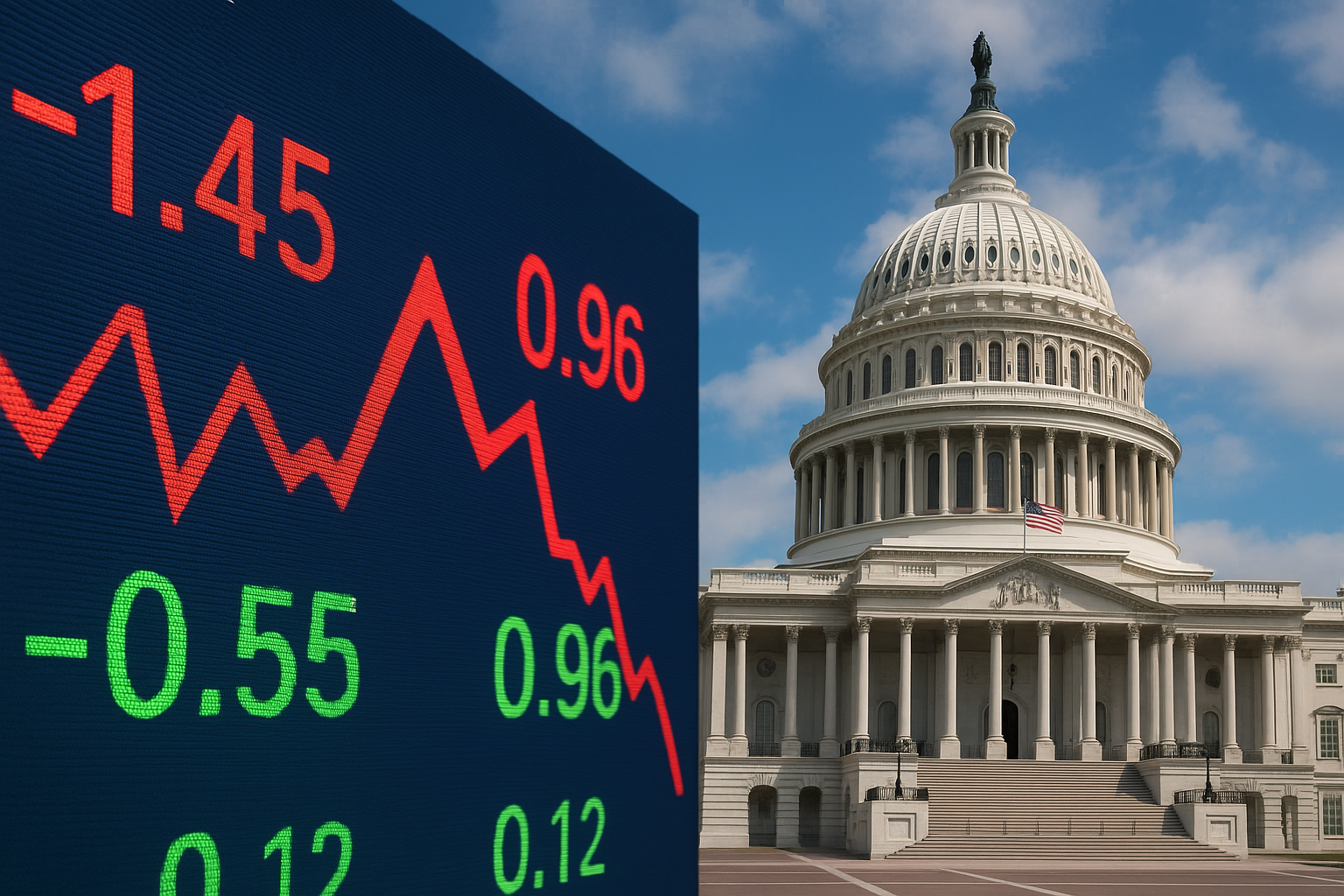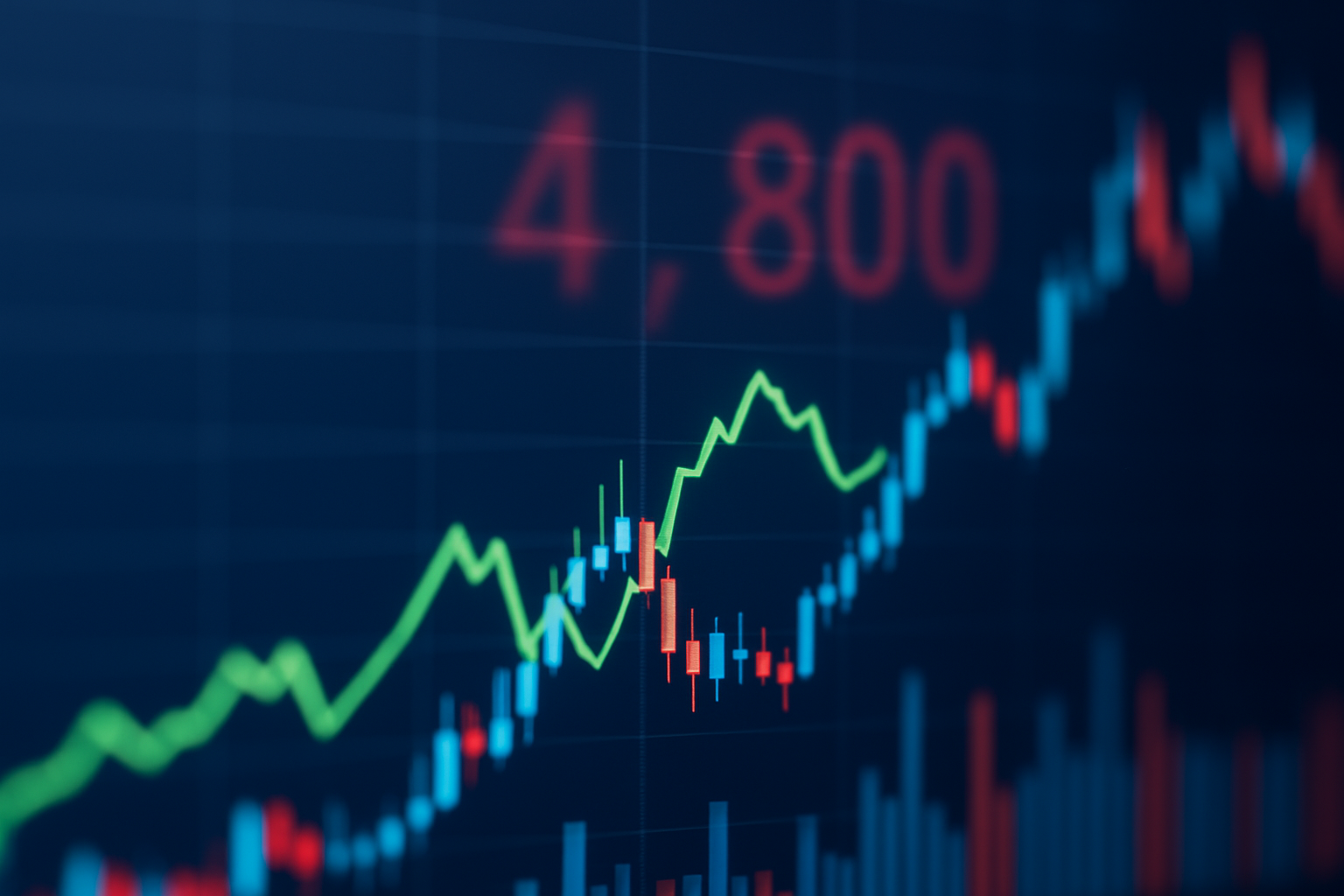For the first time in over a month, Washington’s political gridlock showed signs of breaking — and markets immediately responded with relief. The U.S. Senate’s 60-40 vote to advance a temporary government funding bill sent stocks higher, Treasury yields stabilizing, and investor sentiment improving after weeks of political anxiety.
The deal, which would keep the government funded through January 2026, has temporarily averted further economic disruptions and delays in federal data releases. But analysts caution that the reprieve is short-lived. Beneath the optimism, questions remain about fiscal discipline, long-term spending priorities, and the likelihood of another political standoff early next year.
Short-Term Relief, Long-Term Questions
Markets thrive on certainty, and this vote provided exactly that — albeit briefly. The Reuters report on Monday highlighted how the move “set the stage for an end to the government shutdown,” which had lasted 41 days and led to disruptions in multiple sectors including transportation, healthcare, and defense contracting.
Within hours of the announcement, the S&P 500 rose 0.9%, while Treasury yields edged higher as investors priced in renewed government spending. The Dow Jones Industrial Average also posted gains, driven by defense and infrastructure names that stand to benefit from resumed federal contracts.
However, as Bloomberg Economics noted, “The funding deal offers stability for only a few months — it doesn’t solve the underlying fiscal divide.” That divide includes debates over healthcare subsidies, climate funding, and debt ceiling management, each of which could resurface in early 2026 and reintroduce volatility to financial markets.
Why This Matters for Investors
The temporary funding deal underscores how policy clarity acts as a catalyst for market stability. When political uncertainty subsides, institutional investors typically reprice risk — increasing exposure to cyclical and policy-sensitive sectors.
Defense contractors such as Lockheed Martin ($LMT) and Raytheon Technologies ($RTX), which had faced contract delays during the shutdown, saw modest rebounds following the Senate vote. Likewise, infrastructure and tech sectors could benefit as government projects and R&D initiatives resume.
Yet, Morgan Stanley’s U.S. equity team warns that the rally may prove short-lived if fiscal tensions flare again: “Markets are trading this as a relief event, not a resolution. The next test comes when negotiations resume on a comprehensive budget early next year.”
For bond investors, the picture is mixed. The temporary deal could push yields higher as Treasury issuance resumes, but persistent fiscal uncertainty might sustain demand for defensive assets like gold and long-term bonds.
Policy Volatility: A Growing Market Risk
The 2025 shutdown — the longest since 2018 — cost the economy an estimated $10 billion in lost productivity, according to the Congressional Budget Office (CBO). Beyond the immediate economic drag, repeated political brinkmanship risks eroding international confidence in U.S. fiscal management.
A recent Moody’s Analytics note warned that “frequent shutdown threats and partisan impasses could weigh on U.S. credit outlooks over time.” For investors, that translates to potential headwinds in the form of higher borrowing costs and increased market volatility during future negotiations.
At the same time, geopolitical tensions and the upcoming 2026 midterm elections may amplify policy unpredictability. Fiscal decisions around healthcare subsidies, infrastructure allocations, and climate transition funding could reshape capital flows across multiple sectors — especially as both parties attempt to court voters through spending promises.
Future Trends to Watch
- Debt Ceiling Negotiations (Early 2026): Expect renewed volatility as lawmakers revisit long-term budget targets. Investors should monitor signals from the Treasury and Federal Reserve regarding liquidity and issuance schedules.
- Defense and Infrastructure Spending: With the shutdown resolved, defense contractors and construction firms could regain momentum, particularly if new supplemental funding is approved for foreign aid and national infrastructure.
- Healthcare Subsidy Extensions: The unresolved issue of healthcare subsidy funding may affect insurers like UnitedHealth Group ($UNH) and CVS Health ($CVS), depending on legislative outcomes.
- Market Sentiment and Fed Policy: The Fed may interpret fiscal stabilization as a signal to stay the course on rate normalization, keeping monetary conditions tighter for longer. That, in turn, could cap some of the market’s post-shutdown enthusiasm.
Key Investment Insight
Political events often inject short-term volatility, but they also create windows of opportunity for disciplined investors. The current rally reflects relief rather than resolution — meaning selectivity is key.
Investors may look to rebalance portfolios toward sectors with direct exposure to renewed government spending (defense, infrastructure, and public tech contracts), while maintaining caution around rate-sensitive and overvalued equities. Holding some exposure to Treasuries or defensive assets could hedge against a resurgence of fiscal instability.
MoneyNews.Today Insight:
The end of Washington’s shutdown has given markets a temporary reprieve, but the story is far from over. As fiscal debates return to center stage, investors should brace for policy-driven market swings and position portfolios accordingly.
Stay tuned to MoneyNews.Today for real-time updates, market-driven policy analysis, and investor insights that keep you ahead of the headlines.





